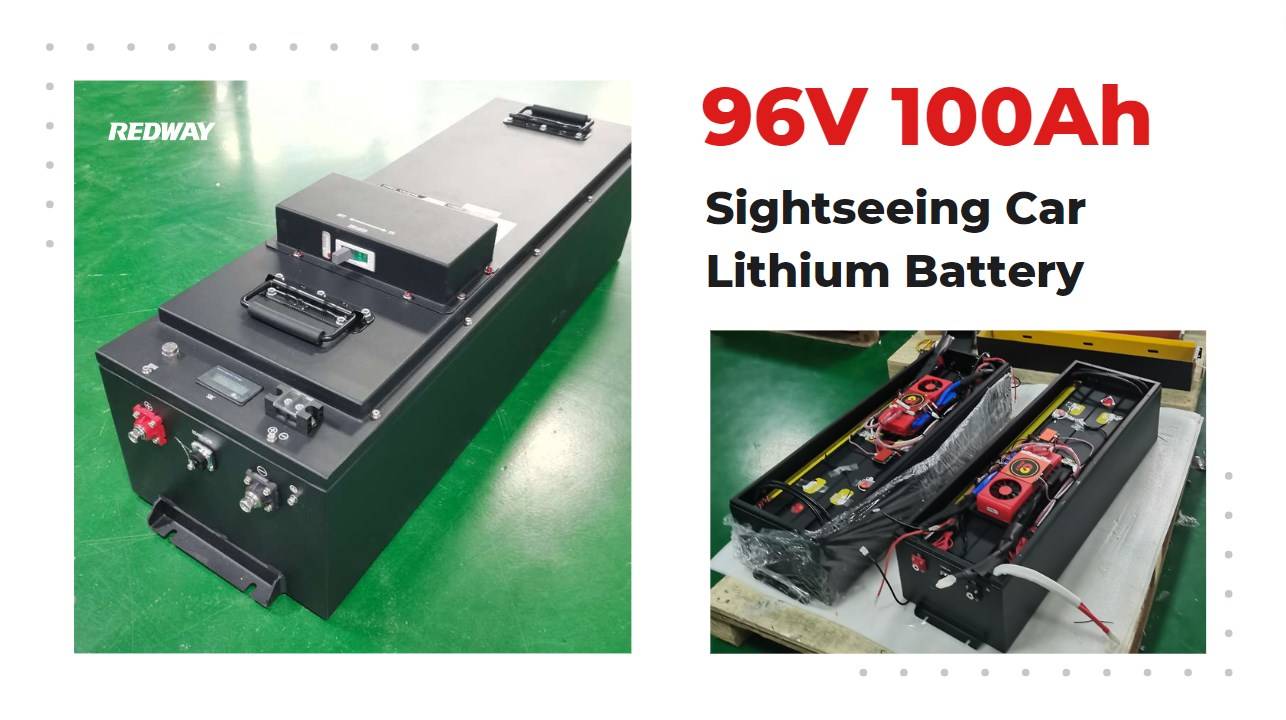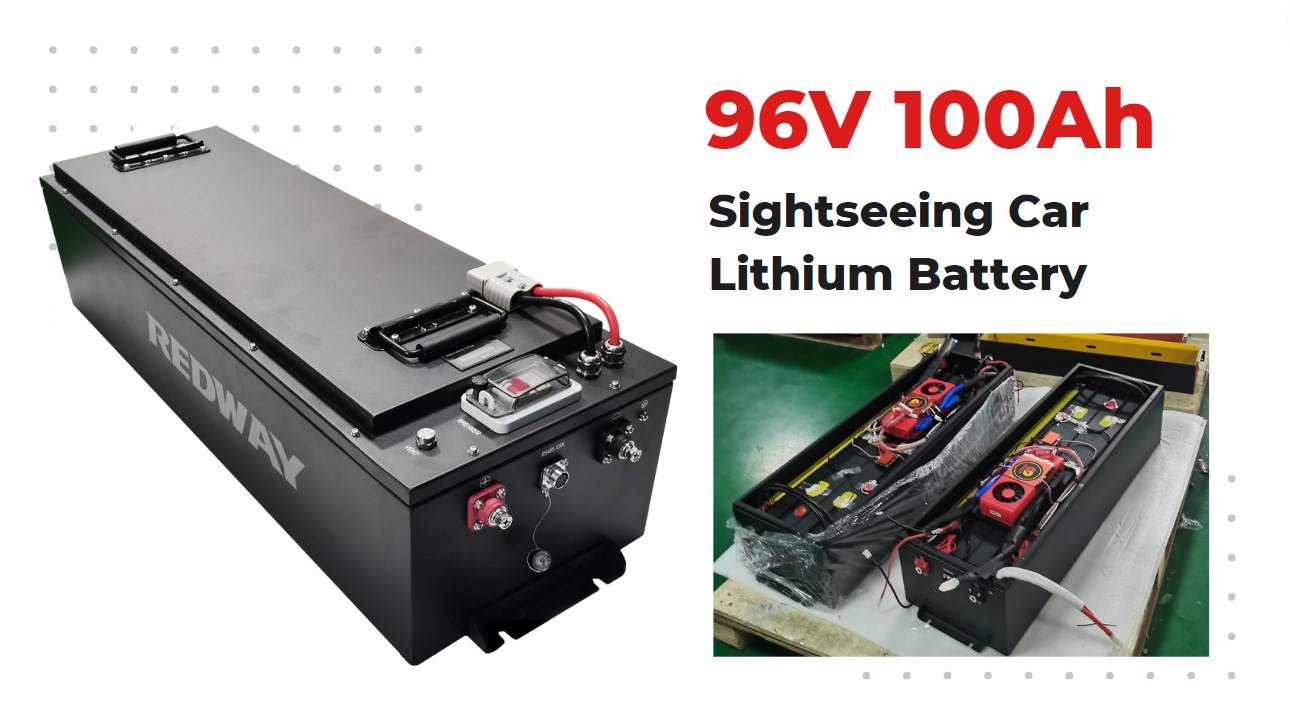- Forklift Lithium Battery
-
48V
- 48V 210Ah
- 48V 300Ah
- 48V 420Ah (949 x 349 x 569 mm)
- 48V 420Ah (950 x 421 x 450 mm)
- 48V 456Ah
- 48V 460Ah (830 x 630 x 590 mm)
- 48V 460Ah (950 x 421 x 450 mm)
- 48V 460Ah (800 x 630 x 600 mm)
- 48V 460Ah (820 x 660 x 470 mm)
- 48V 500Ah
- 48V 560Ah (810 x 630 x 600 mm)
- 48V 560Ah (950 x 592 x 450 mm)
- 48V 600Ah
- 48V 630Ah
-
48V
- Lithium Golf Cart Battery
- 12V Lithium Battery
12V 150Ah Lithium RV Battery
Bluetooth App | BCI Group 31
LiFePO4 Lithium
Discharge Temperature -20°C ~ 65°C
Fast Charger 14.6V 50A
Solar MPPT Charging - 24V Lithium Battery
- 36V Lithium Battery
- 48V Lithium Battery
-
48V LiFePO4 Battery
- 48V 50Ah
- 48V 50Ah (for Golf Carts)
- 48V 60Ah (8D)
- 48V 100Ah (8D)
- 48V 100Ah
- 48V 100Ah (Discharge 100A for Golf Carts)
- 48V 100Ah (Discharge 150A for Golf Carts)
- 48V 100Ah (Discharge 200A for Golf Carts)
- 48V 150Ah (for Golf Carts)
- 48V 160Ah (Discharge 100A for Golf Carts)
- 48V 160Ah (Discharge 160A for Golf Carts)
-
48V LiFePO4 Battery
- 60V Lithium Battery
-
60V LiFePO4 Battery
- 60V 20Ah
- 60V 30Ah
- 60V 50Ah
- 60V 50Ah (Small Size / Side Terminal)
- 60V 100Ah (for Electric Motocycle, Electric Scooter, LSV, AGV)
- 60V 100Ah (for Forklift, AGV, Electric Scooter, Sweeper)
- 60V 150Ah (E-Motocycle / E-Scooter / E-Tricycle / Tour LSV)
- 60V 200Ah (for Forklift, AGV, Electric Scooter, Sweeper)
-
60V LiFePO4 Battery
- 72V~96V Lithium Battery
- Rack-mounted Lithium Battery
- E-Bike Battery
- All-in-One Home-ESS
- Wall-mount Battery ESS
-
Home-ESS Lithium Battery PowerWall
- 24V 100Ah 2.4kWh PW24100-S PowerWall
- 48V 50Ah 2.4kWh PW4850-S PowerWall
- 48V 50Ah 2.56kWh PW5150-S PowerWall
- 48V 100Ah 5.12kWh PW51100-F PowerWall (IP65)
- 48V 100Ah 5.12kWh PW51100-S PowerWall
- 48V 100Ah 5.12kWh PW51100-H PowerWall
- 48V 200Ah 10kWh PW51200-H PowerWall
- 48V 300Ah 15kWh PW51300-H PowerWall
PowerWall 51.2V 100Ah LiFePO4 Lithium Battery
Highly popular in Asia and Eastern Europe.
CE Certification | Home-ESS -
Home-ESS Lithium Battery PowerWall
- Portable Power Stations
How to Care for Your Golf Cart Batteries Effectively

Caring for your golf cart batteries effectively involves understanding different battery types, implementing proper maintenance practices, and recognizing how environmental factors impact performance. This guide will provide essential insights into maintaining your golf cart’s power source, ensuring longevity and reliability.
What are the types of golf cart batteries?
Golf carts typically use three main types of batteries: flooded lead-acid, sealed lead-acid, and lithium-ion. Flooded lead-acid batteries are cost-effective but require regular maintenance, while sealed lead-acid options offer convenience with less upkeep. Lithium-ion batteries provide superior performance and longevity but come at a higher initial cost.
| Battery Type | Advantages | Disadvantages |
|---|---|---|
| Flooded Lead-Acid | Affordable, high capacity | Requires maintenance |
| Sealed Lead-Acid | Low maintenance | Higher cost |
| Lithium-Ion | Lightweight, fast charging | Expensive upfront |
What maintenance practices extend the lifespan of golf cart batteries?
Regular maintenance significantly extends the lifespan of your golf cart batteries. Key practices include:
- Keeping terminals clean to prevent corrosion.
- Regularly checking water levels in flooded lead-acid batteries.
- Ensuring proper charging techniques to avoid overcharging or deep discharging.
| Maintenance Practice | Frequency |
|---|---|
| Clean terminals | Every few months |
| Check water levels | Monthly |
| Charge after every use | Each time after usage |
How do lead-acid and lithium-ion batteries compare?
Lead-acid and lithium-ion batteries differ in several aspects:
- Weight: Lithium-ion is lighter, enhancing overall vehicle efficiency.
- Lifespan: Lithium-ion typically lasts longer than lead-acid.
- Cost: Lead-acid is generally cheaper but may require more frequent replacements.
| Feature | Lead-Acid | Lithium-Ion |
|---|---|---|
| Weight | Heavier | Lighter |
| Lifespan | 3-5 years | 8-10 years |
| Cost | Lower initial cost | Higher initial investment |
Why is regular cleaning important for golf cart batteries?
Regular cleaning prevents corrosion that can impede electrical connections and reduce battery efficiency. Keeping terminals clean ensures optimal performance and prolongs battery life.
How should you charge and water your golf cart battery?
Charging should be performed immediately after use, ideally overnight, while watering requires distilled water to maintain electrolyte levels without introducing harmful minerals.
What factors should influence your choice of golf cart battery?
When selecting a battery, consider factors such as budget, intended usage frequency, maintenance willingness, and desired lifespan.
How does temperature affect battery performance?
Temperature significantly impacts battery efficiency; extreme heat can accelerate fluid evaporation in flooded lead-acid types, while cold temperatures can reduce capacity in all types.
Where can you purchase quality golf cart batteries and accessories?
Quality golf cart batteries can be purchased from authorized dealers, online retailers specializing in automotive products, or directly from manufacturers’ websites.
Expert Views
“Understanding the specific needs of your golf cart’s battery system is crucial for optimal performance; regular maintenance not only extends lifespan but also ensures reliable operation on the course,” says John Doe, a battery technology expert.
FAQ Section
- How often should I check my golf cart battery’s water levels?
It is recommended to check water levels monthly or more frequently if used heavily. - Can I use tap water to fill my flooded lead-acid battery?
No, always use distilled or deionized water to prevent mineral buildup that can damage the battery. - What should I do if my battery shows signs of swelling or bulging?
Immediately discontinue use and consult a professional; this may indicate a serious issue that could be hazardous.
















